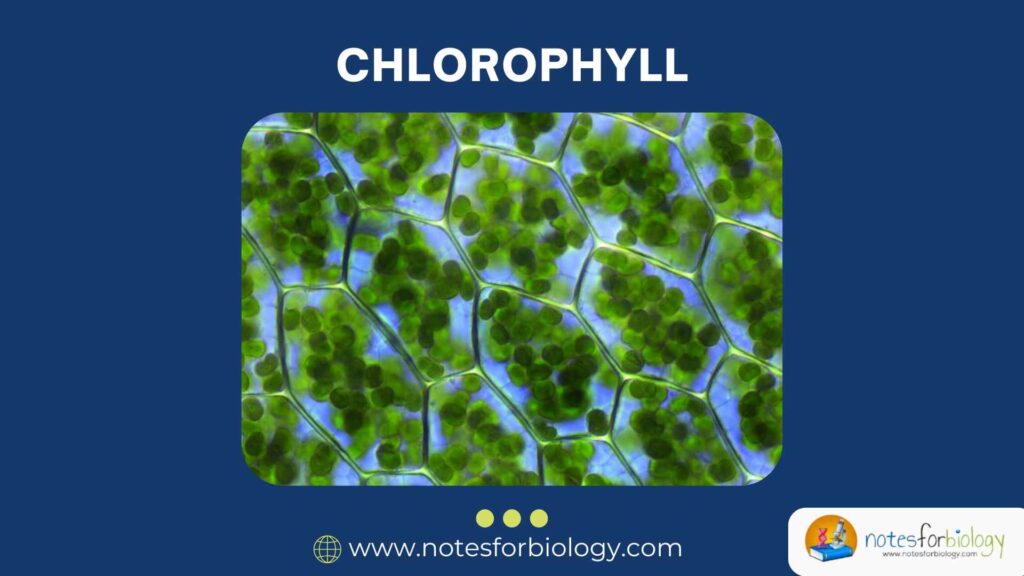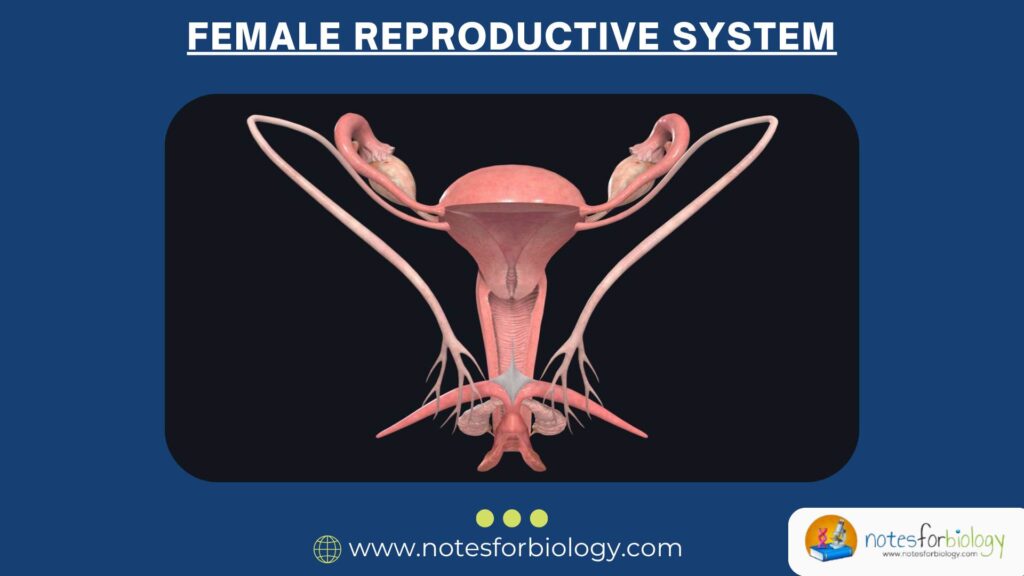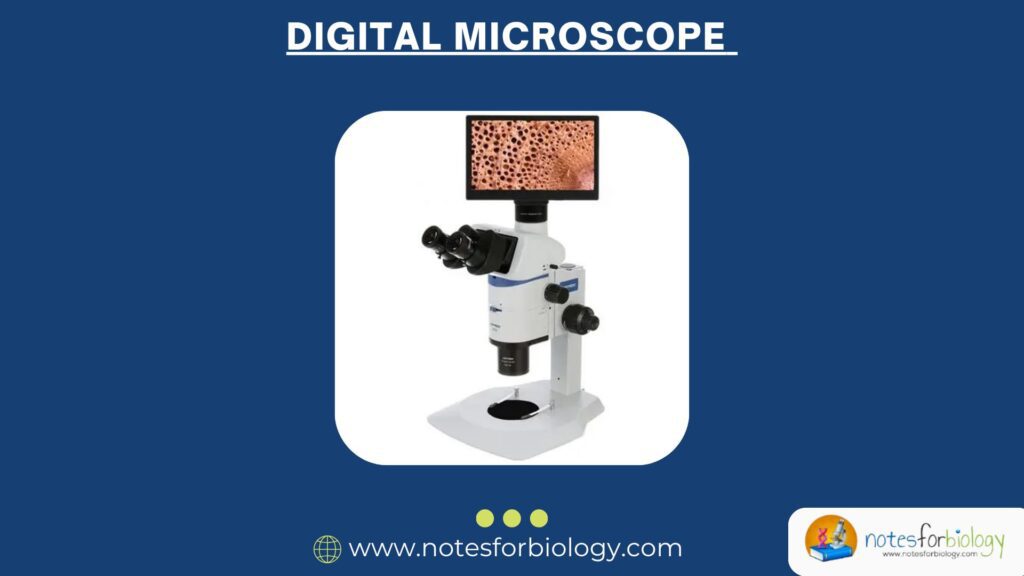DNA Fingerprinting
Introduction DNA fingerprinting, also called DNA profiling or genetic fingerprinting, is a powerful scientific method used to identify individuals based on their unique DNA sequences. Just like how every person has unique fingerprints on their fingers, their genetic makeup also carries patterns that are specific to them and them alone—except for identical twins. This technique […]










